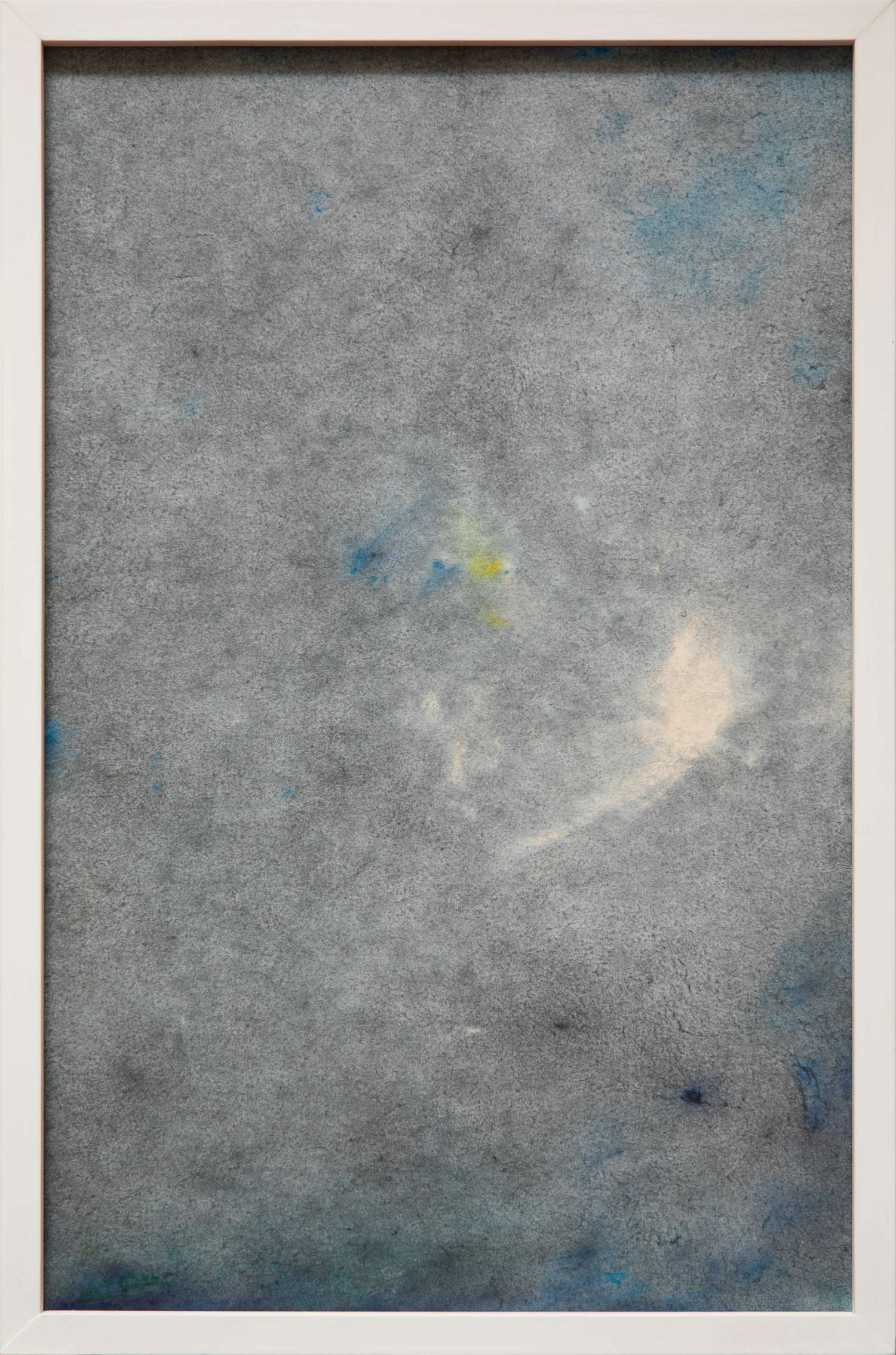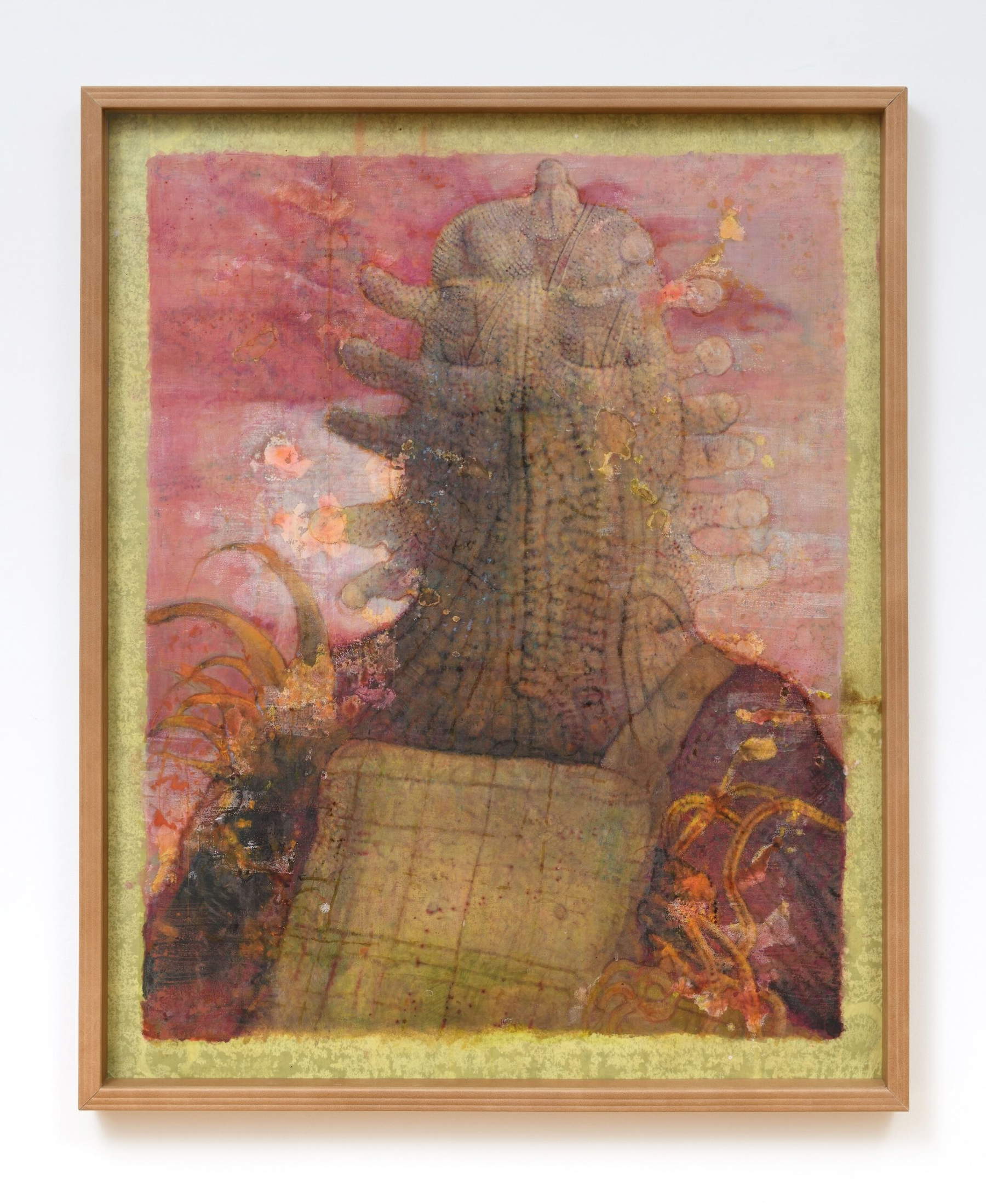Artissima, Turin’s contemporary art fair, reaches its thirty-first edition in 2024, confirming the Piedmontese capital as one of the nerve centers for the contemporary art market. Among the thousands of works presented in the galleries of Artissima, we have selected twenty works this year that could capture the attention of the public, critics, and collectors. In this article we guide you to discover these works with a brief description of the top ten, accompanied by detailed descriptions and their prices.
Talking about the prices of artworks in a context such as Artissima is not just an exercise in mere economic curiosity, but an opportunity to understand how the art market reacts to cultural changes and global trends, as well as a guide to enable collectors, especially those who have recently begun to navigate this world, to understand artists’ prices. The figures accompanying these works vary enormously, reflecting a variety of factors: the prestige of the artist, the originality of the work, and the technical complexity. While some of the works in the fair are accessible, others are reserved for a more exclusive audience, with valuations exceeding five-figure figures.
Our selection includes works by established artists, capable of immediately attracting the attention of discerning collectors, as well as new talents, who use contemporary language with freshness and innovation. Each work, in this sense, becomes a piece of Artissima’s cultural narrative and a possible window on what is to come.

Circular Dynamics are among the best-known works by Marina Apollonio (Trieste, 1940), one of the pioneers of op art and kinetic art. With this series, begun in the 1960s, Apollonio explores how movement and perception affect the visual experience, creating works that invite the viewer to become an active part of the process. His works involve circular elements that, through movement and optical effects, generate dynamic visual games. The Circular Dynamics not infrequently involve movement, and also make use of concentric circles and contrasting colors (black and white above all) to trick the eye and produce dynamic illusions that not infrequently give a sense of vertigo, even to the point of annoying the viewer precisely because of the strength of these optical effects. Tornabuoni arte is offering two works in the Artissima booth from the series, of different sizes: Dinamica circolare spirale 41 orario 115 is the larger of the two.

Elisabetta Benassi’s Large Carpet (Rome, 1966), reproduces a telegram that Soviet filmmaker Dziga Vertov sent in 1919 to the Büro des Spartakusbriefe (Editors of the Spartacist Letter), an illegal communist magazine operating in Berlin’s Sofienstrasse, to denounce how cinematic narratives can often mislead viewers. Translation of the telegram: “Down with the kiss-scented veil, murders, doves and sleight of hand! We need conscious people, not an unconscious mass, ready to give in to any suggestion! Long live the consciousness of the pure who can see and hear!” The telegram concluded with the director’s signature. The work was exhibited this year at the Elisabetta Benassi retrospective held at MACRO in Rome. The work demonstrates one of the typical modes of Elisabetta Benassi’s work, which often uses found objects that relate to political or artistic events of the 20th century to transform them into works of art that have nothing to do with the object’s initial status (a telegram turned into a carpet in this case).

Liliana Maresca (Avellaneda, 1951 - Buenos Aires, 1994) has been a key figure in the Argentine art scene and beyond since the early 1980s, that is, from the early years of Argentine democracy, and quickly became an influential figure, working through a variety of media: paintings, objects, sculptures, installations, and performances. Her work reflects the neo-Dada spirit of the Argentine artists of the time. At Artissima, in the Back to the future section, the Argentine gallery Rolf Art presented, among others, her 1983 series Liliana Maresca with her artworks, exemplifying how the artist has always used her body as a kind of battering ram to unhinge the cultural context of her time. In the 1983 series, the artist photographs herself naked with some objects made from recycled materials. The idea of filling them with further meaning through the juxtaposition of the objects with her naked, sensual and provocative body stems from the need to explore the physical limits of the objects themselves, tying them to a theatrical procedure that intends to remove them from their inertia, from their condition as inanimate elements.
![Liliana Maresca, Liliana Maresca with her artwork (1983 [2004-2016]; silver gelatin photographs) Liliana Maresca, Liliana Maresca with her artwork (1983 [2004-2016]; silver gelatin photographs)](https://cdn.finestresullarte.info/rivista/immagini/2024/2865/liliana-maresca-with-her-objects.jpg)
A rather well-known series by painter Velasco Vitali (Bellano, 1960), i.e., one of the leading names in contemporary Italian painting, depicting red clay tennis courts after the players have passed through, with brushstrokes simulating the footprints of shoes, the erasures of white lines, the mess in which the court usually pours when the game is over. It is, first and foremost, a memory of youth, on which the artist’s intention acts: “that space of red clay,” wrote critic Stefano Bucci, “is, rather, an architecture of memory, the project for a dream not so much of a cup to be won in one of the Grand Slam tournaments (perhaps in the manner of Jannik Sinner), but of a new world. It is thus an abstract space like Malevic’s red square, on which, according to his style, Velasco has worked without allowing himself a moment’s respite, each time finding a fragment of white line to add, a new shade of red to perfect. The result appears as a fascinating sequence of very abstract and very contemporary spaces, very similar and at the same time very different, which become a ’real thing’ thanks precisely to those white lines and that net (which may look like the little wall of a small secret garden) that force memory to become real, concretely delimiting the space of memory.”

A+B Gallery’s booth is dominated by a large canvas by Nazzarena Poli Maramotti (Montecchio Emilia, 1987), entitled La pace (heaven is on earth). Poli Maramotti constantly explores traditional subjects (portrait, landscape and still life) while investigating the possible relationships between form and color, tone and light, density and lightness of matter, all within a painting practice that is also traditional in nature. By working with recurring subjects, the artist frees herself from concerns about content, “allowing her to focus on actions of subtraction of form, opening the door to the sensory and granting the subject only the semblance of its recognizability, in favor of a work of possibility” (so Davide Ferri). In 2023, Poli Maramotti was a finalist for the Lissone Prize. Her works are included in the collections of the Bavarian Ministry of Education, Culture, Science and the Arts, the Neue Pinakothek in Munich, the Jeska-Thorwart Foundation in Nuremberg, and important private collections in Italy.

Alice Amati presents a solo booth by Lisbon-based Polish artist Rafal Topolewski in the New Entries section of Artissima. This is the artist’s first solo presentation in Italy, as well as the gallery’s debut at Artissima. The gallery’s booth at Artissima draws inspiration from the theme of the 2024 edition of the fair: The Era of Daydreaming. Rafal Topolewski’s intimate, small-scale paintings seem to inhabit a realm of semi-consciousness, evocative of the elusive state one slips into while daydreaming. In the artist’s practice, personal memories and dreams merge together resulting in paintings that derive from the liminal mental state between sleep and wakefulness. Therefore, depictions of faces share a blank expression, suggesting a mind that is not fully present, and objects are superimposed on each other in an unusual logic. The combination of awkwardly cropped fragments and the juxtaposition of contrasting symbolic elements reproduce something of the uncanny way things blur together in the hallucinatory quality of dreams. The artist’s work invites viewers to immerse themselves in an unsettling space where logic and reason give way to intuition and emotion. The frequent inclusion of the artist’s portrait suggests Topolewski’s interest in interrogating his own psyche as he teases at the seams of our collective consciousness.

Relatively inexpensive prices for the young Silvia Listorti (Milan, 1987), who made her debut with her first solo exhibition just this 2024, in her gallery, Galleria Studio G7 in Bologna. Her Superpositions are a series of drawings in rice paper and made with graphite and pigment: the materials are layered on the paper, worked through a meticulous and lasting process, defying the physical limit of the support. Listorti, from Milan, graduated in visual arts from the New Academy of Fine Arts (NABA), and in painting from the Brera Academy. In 2023 she won the Massimiliano Galliani Prize for drawing under 35.

“I never believed in it, in the idea of the representation of an imaginary linked to reality. I think of the painting rather as a contraption that disengages thought from the world.” This is how Tuscan Marco Salvetti (Pietrasanta, 1983) describes his work. Launched by the Cardelli&Fontana gallery, where his Super Amateur exhibition was held in 2023, Salvetti has become one of the leading artists of the Sarzano gallery (one of the few at Artissima that publishes prices in the clear: a notable point of merit) and is among the most interesting painters in Italy in his age group, definitely one to watch. At Artissima, the gallery presents a new series of works with which Salvetti further deepens his neo-expressionist practice, based on continuous cross-references between abstract and figurative, the frequent use of drawing and collage, and the memory of art history.

Giuseppe Francalanza (Modica, 2000) is a very young Sicilian painter who lives and works in Vienna. In his pictorial universe, the image is never static: patches of ochre color accumulate, merge and collide, revealing ethereal subjects, bodies, natural elements and machines that change under the glow of lights. His works appear animated by an inner turmoil, blending memories and landscapes and rooted in Sicilian imagery. The boundary between the figurative and the abstract is deliberately blurred, the result of a technique in which the pronounced initial gestures are followed by the more reflective work of drawing, which shapes forms and evokes evanescent presences. It is a conflict between the immediacy of painting and the settling of the image in the artist’s mind, and then on the canvas. The unpainted areas emerge as bright dots, in sharp contrast to the areas of intense chromatic layering. Francalanza’s is both a search for purity and destruction, a tension of opposites echoed in the subjects depicted.

Ponce+Robles’ booth, the most interesting in the Drawings section, is entirely dedicated to the Coffee Drawings by young Spaniard José Castiella (Pamplona, 1987), who is exhibiting his work in Italy for the first time. Through his practice, based on a continuous speculation on matter, Castiella explores the possibility of new forms of life after collapse, trying to reflect and capture his own concerns in the face of the unknown, and propose the generation of a new world as a way to speak indirectly about the current one. The Coffee Drawings are character drawings that emerge from blobs formed by chance, on the floor of the artist’s studio. It is a process in which castings and gestural marks suggest life and content, rich with references to both art history and popular culture, science fiction, video games and anime. The characters-macchia that populate his compositions connect to Hieronymus Bosch, and something of Lovecraft’s cosmic terror seems to surround them as the pictorial language is interwoven with a certain tragicomic character. A sci-fi-looking world that seems to speak to us of hidden drives, the inner journey and fear of the unknown.











Warning: the translation into English of the original Italian article was created using automatic tools. We undertake to review all articles, but we do not guarantee the total absence of inaccuracies in the translation due to the program. You can find the original by clicking on the ITA button. If you find any mistake,please contact us.